A Guide to Taking Travel Portraits Like the Pros
![]()
You’re hitting the road and your camera is at the top of the old checklist. Your goal is to make photographs that will be memorable and bring back the feelings of being there. So how can you do that?
The idea of going to a foreign country and taking photos of strangers might at first seem daunting, difficult and frightening. It’s not. Trust me, if I can do it, you can too. To get you started in the right direction, I’d like to share some of the techniques I’ve learned while globetrotting with my camera.
The Golden Tip: Smile and Be Nice
The first piece of advice I can offer should be self-evident, but based on the way I’ve seen some people act in foreign countries, it’s not: be respectful and be nice. If your subject likes you, and you’ve established good rapport with them, your photos will be ten times better than if you run up to someone on the street sticking your camera in their face. You are a visitor in their land. People will respond to you based on the way you treat them.
When I approach a potential subject, I greet them with a huge smile and tell them how much I like their beard/jewelry/clothing/whatever it was that compelled me to want to take their portrait. My camera is in my bag or hidden behind my back. I take the time to speak with them, tell them how much I’m enjoying their city, and show off my skills in the local language. At some point I’ll show them my camera and ask if I can take their photo. Ninety-nine percent of the time, I get an enthusiastic “YES!”
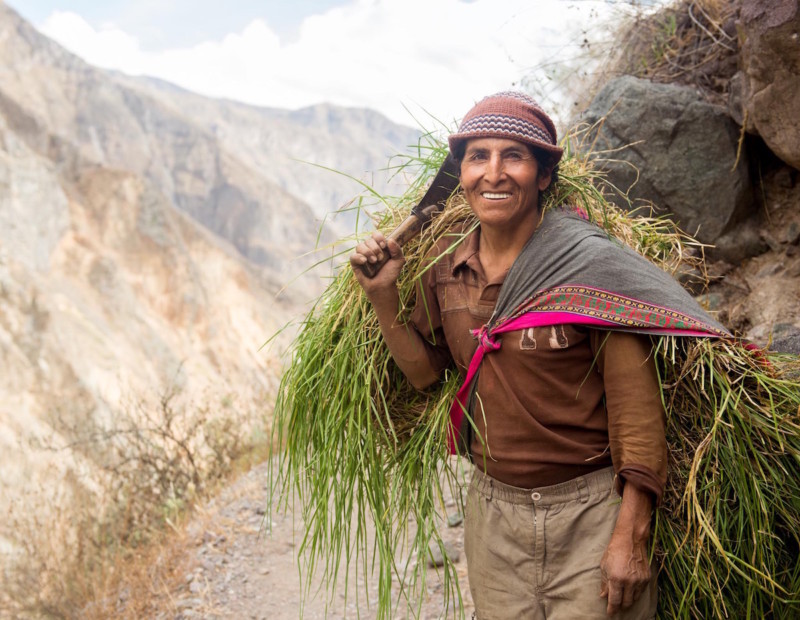
Although you’ll almost always get permission, don’t assume it’s okay to take someone’s photo before you ask. People are occasionally uncomfortable with having their picture taken, and doing so without their blessing might really upset them. Don’t be that guy/gal.
Continue to be personable while you’re taking photos. Keep the human element alive; be relaxed. If you’re not continuously chatting with your subject, they might freeze up. Ask them questions. How many kids do they have? What’s their favorite color? Tell them a funny story. Better yet, get them to tell you a funny story. Of course there is occasionally the small matter of a language barrier, but if you use gestures and smile, you’ll get a good reaction.
If your subject is comfortable with you, and they’re having fun, they will work with you to create a great photograph. Gauge how they’re feeling, and if they’re enthusiastic, most people have no problem taking a small step to the right, moving their arm this way, tilting their face that way, etc. Keep taking photos; stop shooting only to show them what their picture looks like. Despite the fact that they know you are taking a photograph of them, people will sometimes look away from the camera. If you snap right as their gaze drifts away, your photo will have a natural, candid feel to it.

Out With the Rules, in With the Considerations
Pablo Picasso famously said, “Learn the rules like a pro so you can break them like an artist.”
As far as technique and style goes, you should understand the generally accepted rules of photography but be willing to completely throw them out of the window when necessary.
For example, the rule that you should never shoot a portrait in direct sunlight exists because hard light can be unflattering and produce too much contrast. However, that contrast might be the element that makes a photo great. So instead of blindly following a generally accepted rule, consider: Do I want the hard lines and dark shadows that I’ll get when this person stands in the sun? Or will the soft, pleasant light of the shade give me my desired result? What will the lighting say about the person?
After shooting a while, you’ll develop the instinct to know fairly quickly what type of light will give you a more compelling image of a particular person.
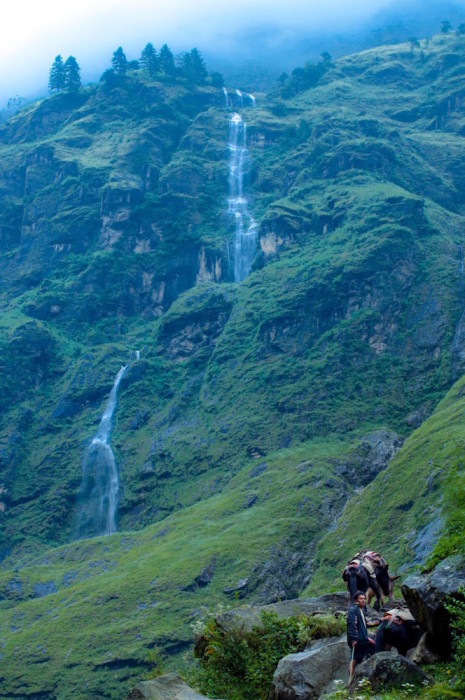
What about framing? There’s the rule of thirds, but as we’ve established, rules are bullsh…ummm, suggestions. The image should be compelling and induce a reaction from the viewer, and that can be done with a face in a corner OR smack dab in the middle. It’s up to you to decide where to put them, but make sure you’re framing a certain way for a reason, not just because. I occasionally use background and/or foreground elements to frame my subjects’ faces, which can help draw the viewer’s eye.
Here’s another important consideration: what do you want to include and exclude from your photograph? A tight headshot alone can tell a story and have an incredible impact on the viewer. But maybe the person’s story will be better told if your photograph includes the context of their environs.
If your subject is patient, you can try a few different looks and choose the best one later on. Mix up your focal length and aperture so you’ll have a variety of shots to pick from. Don’t be afraid to take risks and try something crazy. Trying different things and seeing what works best will help you learn and refine your style.
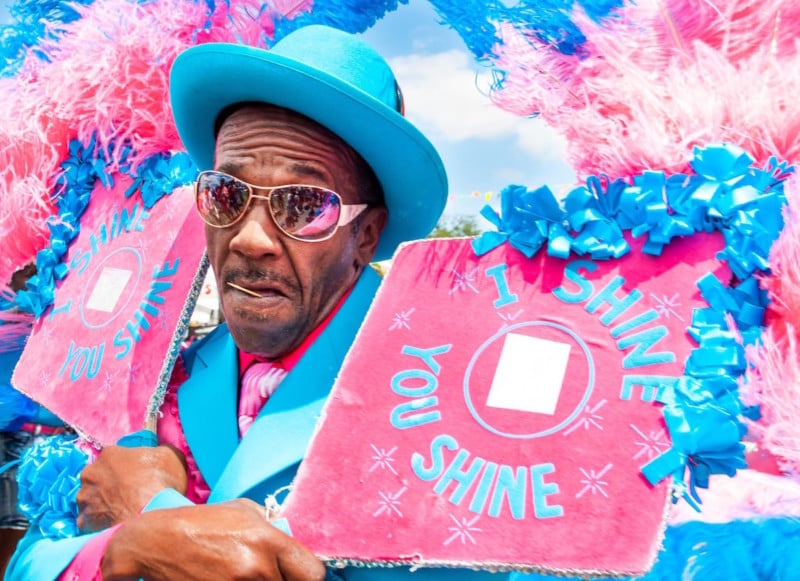
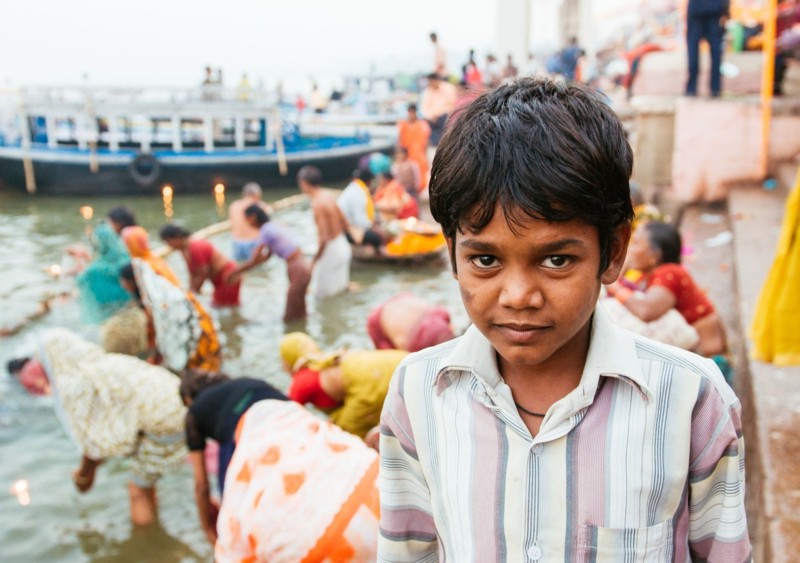
Know Your Camera
There are sooo many things to think about, and you have to consider it all while keeping your subject interested. How am I going to frame this? What type of light do I want? How can I get rid of or include certain elements?
It’s important to know your camera like the back of your hand so you’re not busy fiddling with dials when you should be thinking about how you want your photo to look.
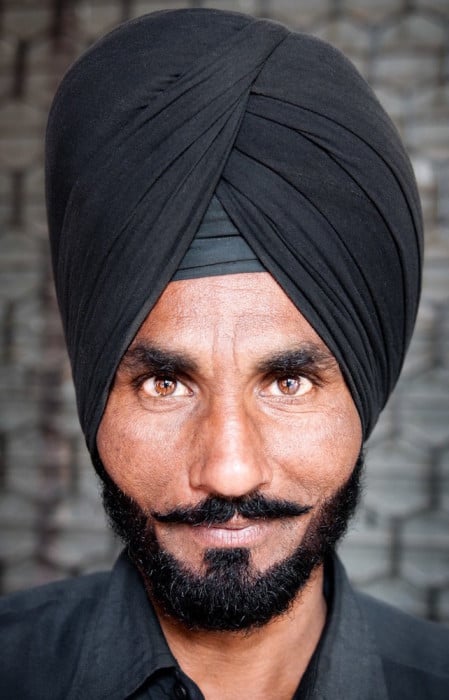
So basically, if you want great travel portraits, be nice and ignore the rules if they don’t help you! The photographs you take of the people you meet on the road will be far more memorable and personal than photos of any monument you see.
About the author: Patrick Niddrie is a commercial portrait and travel photographer based out of New Orleans, Louisiana. You can find more of his work on his website, or by following him on Facebook, Twitter, and Instagram. This article was also published here.